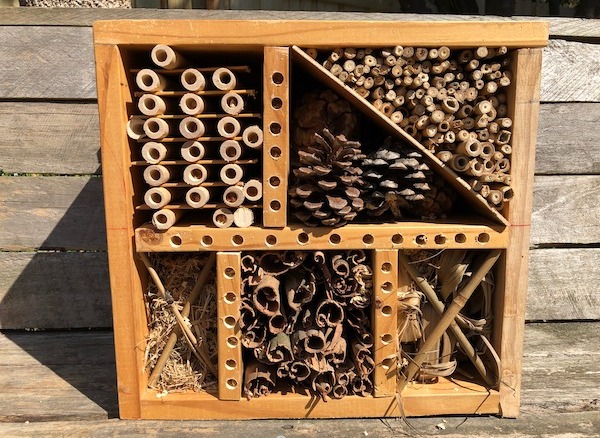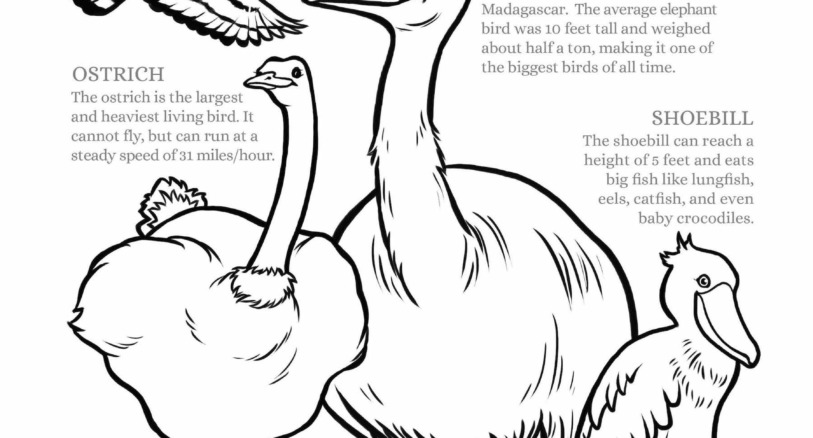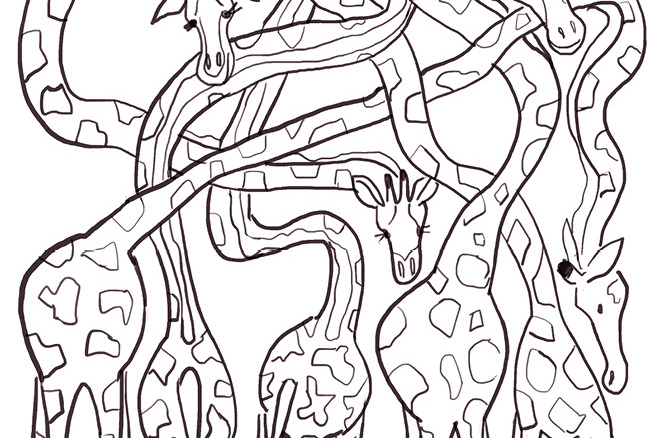Background
Light flickers and sparkles deep in the ocean, where you might least expect it. This light does not come from the sun but from living organisms, like jellyfish and fish. Some deep sea creatures use light to communicate with each other. Some use light to confuse and avoid predators. Some, like the anglerfish, use light to attract their prey.
What is bioluminescence?
Bio = relating to life and luminescence = emission of light.
Living things that produce and emit light are called bioluminescent. Bioluminescence is due to a chemical reaction that releases energy. You can learn more about that here.
Bioluminescence is one of the most spectacular sights in nature.
Examples:
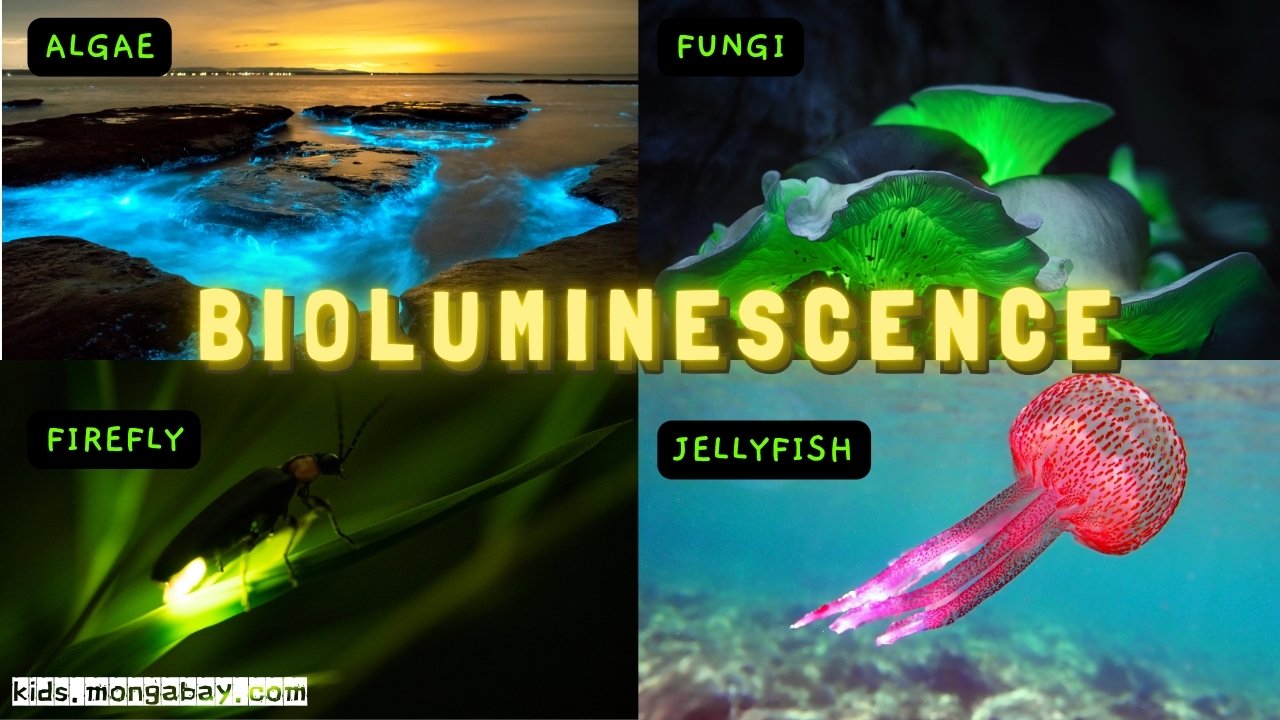
Have you seen a firefly before? The yellow or green light a firefly beetle emits is an example of bioluminescence. Mesmerizing blue waves on a dark night are the work of bioluminescent algae. Mushrooms that glow a mysterious green in the dark = bioluminescence. And jellies that shimmer and glisten in hues of blue and pink? That is bioluminescence too.

Bioluminescence may have interesting applications for making our homes more sustainable. For example, engineers at MIT have created plants that glow. Perhaps bedrooms of the future will be lit up by glow-plant nightlights.
Art activity: Light in the deep sea
In this activity, you will create an artwork featuring incredible bioluminescent creatures of the deep sea. Creatures like anglerfish, lanternfish, and jellyfish.
Step 1: Gather inspiration
Watch this video from the Monterey Bay Aquarium Research Institute for inspiration. Pay close attention to the colors and shapes in the video.
What colors did you notice in the video? In the deep sea, bioluminescence is often blue or blue-green, but some animals emit yellow or pink light. Pause the video at different points to examine the patterns in the emitted light. Did you notice the triangles, rectangles, and circles?
Step 2: Gather materials
Materials
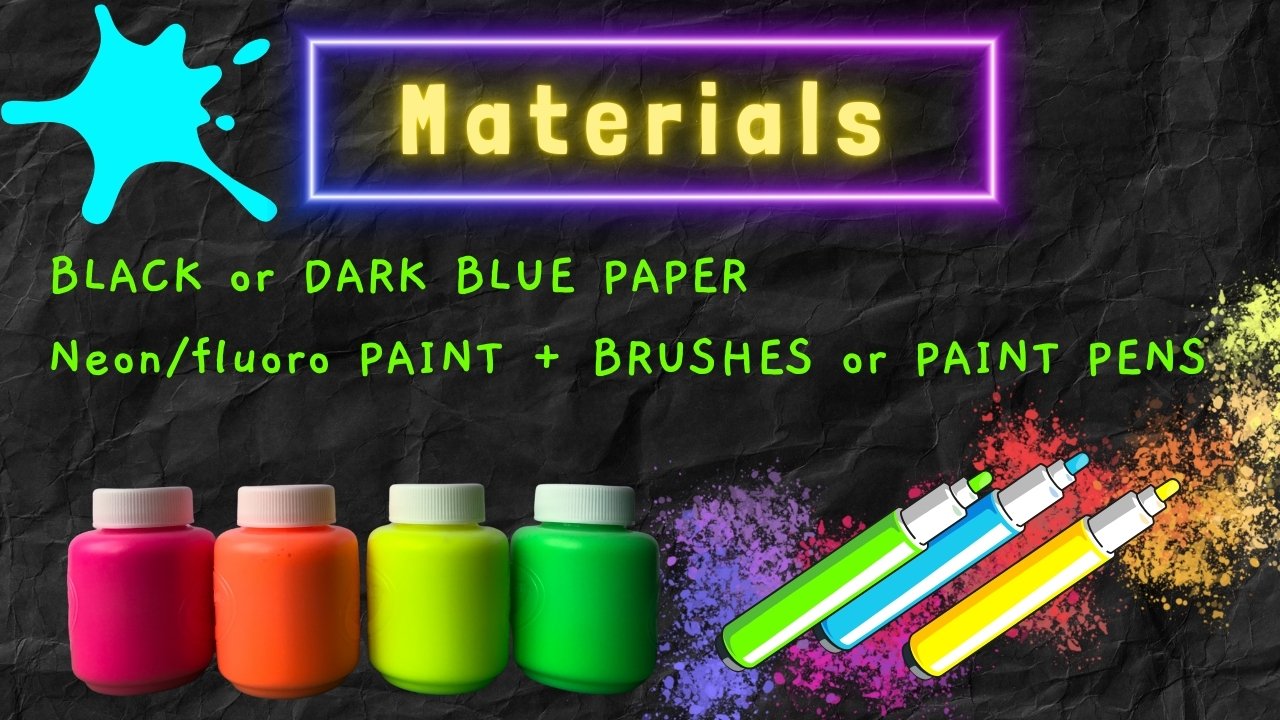
We’ve used paint pens on black paper. Fluoro paint works great, too. (Some fluoro paint even glows under ultraviolet light!)
Another option is to use highlighters on white paper. Then paint lightly over them with black or blue watercolor or crayons.
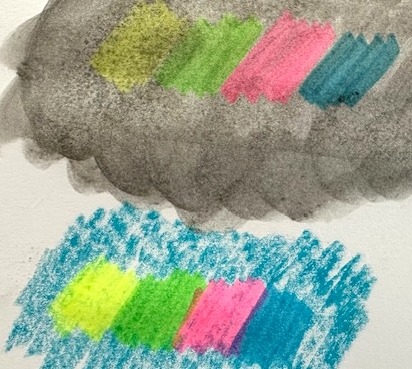
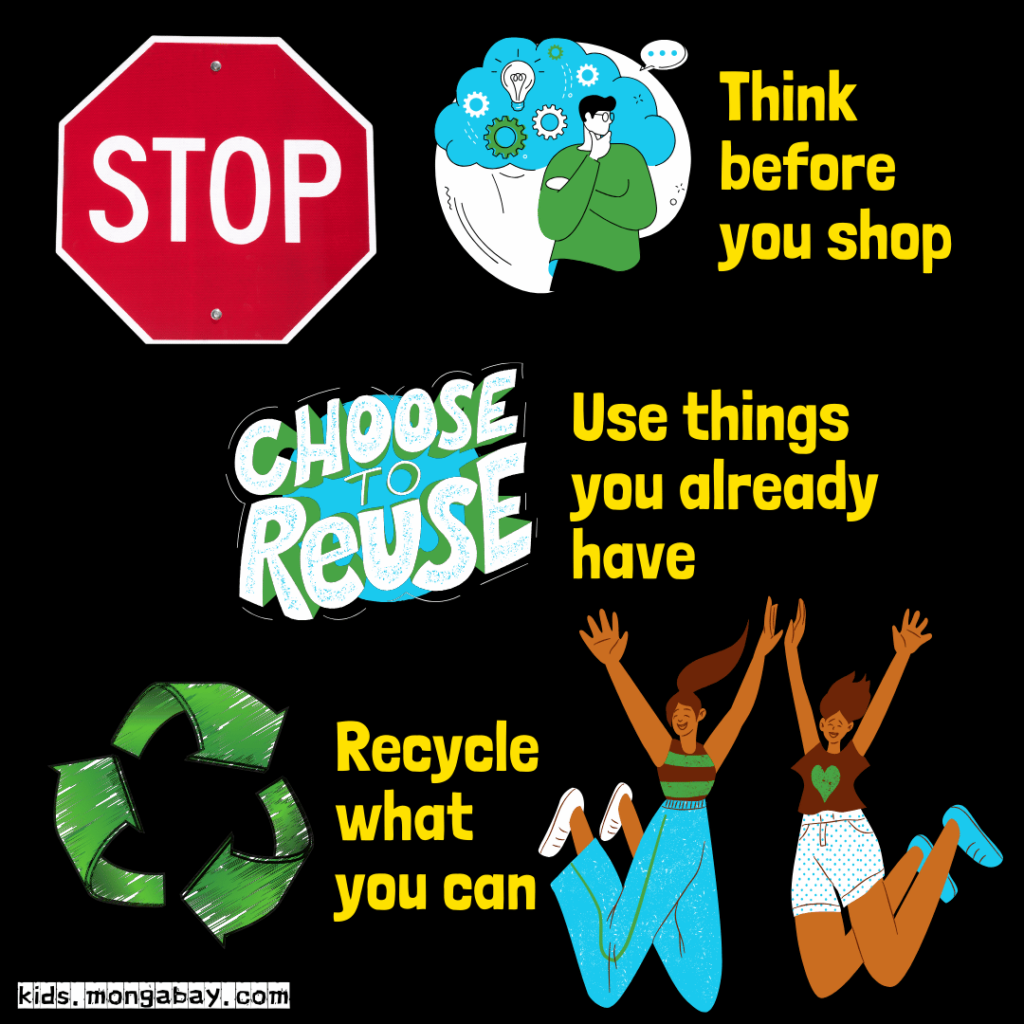
Step 3: Paint and create
Voila!

What did you create? We’d love to see your artwork! Educators or guardians can reach out via the contact info in our about us page.
More learning resources
You may like these activities
- Light painting from Smithsonian Ocean
- Glowing water experiment from PBS
- Twilight zone coloring page from Woods Hole Oceanographic Institution
Learn more about bioluminescence
From Mongabay News
- Newly discovered deep sea worms throw bioluminescent bombs
- Why bioluminescent fungi glow in the dark
- New species of bioluminescent cockroach possibly already extinct by volcanic eruption
From other organizations and institutions
- Museums Victoria: A fun read about the difference between bioluminescence and biofluorescence and amazing organisms that glow
- From Monterey Bay Aquarium: Illuminating the facts of deep-sea bioluminescence
- From Smithsonian Ocean: A good resource on bioluminescence, which organisms make light, and why
- NOAA: What is bioluminescence?
- MIT News: Engineers create plants that grow
- ASU Ask a Biologist: Glow-in-the-dark plankton
- Ask Dr. Universe: What makes fireflies light up at night?
- Woods Hole Oceanographic Institute: Creature Feature on lanternfishes
You may like these videos
- From Monterey Bay Aquarium Research Institute (MBARI): Rare video of anglerfish and Bioluminescence in the deep sea: How and why do animals create their own light?
- From BBC Earth Kids: Why do some animals glow?
- SciShow Kids: Glowing ocean animals
*Mongabay Kids is not responsible for content published on external sites


